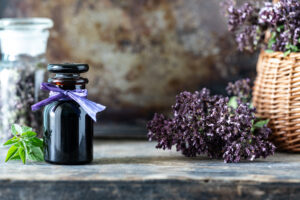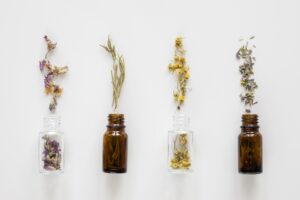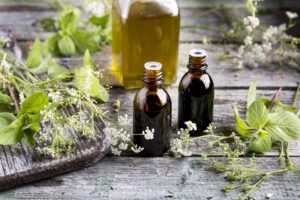In the world of fine fragrance, every drop matters. The art of perfumery isn’t just about creating beautiful scents—it’s about crafting an experience, a memory, a signature. And the heart of every unforgettable perfume? The right essential oils.
Whether you’re launching a boutique perfume line or creating a new scent for an established brand, here’s how to select essential oils that match the quality, depth, and elegance your fragrance deserves.
1. ✨ Understand Fragrance Structure: Top, Middle & Base Notes
Luxury perfumes are built in layers—and your essential oils must align with that structure.
-
Top notes are the first impression: light, bright, and evaporate quickly.
Popular top-note oils: Bergamot, Lemon, Grapefruit, Neroli, Peppermint -
Middle (heart) notes give body to the perfume and define its character.
Popular middle-note oils: Rose, Geranium, Lavender, Jasmine, Cardamom -
Base notes are rich and long-lasting. They anchor the scent and give it depth.
Popular base-note oils: Vetiver, Patchouli, Sandalwood, Frankincense
🧪 Tip: Balance all three layers thoughtfully. An unbalanced fragrance can feel either too fleeting or too overpowering.
2. 🌿 Choose Only Therapeutic-Grade, Pure Oils
For luxury perfumes, there’s no room for diluted or synthetic oils (unless you intentionally choose a high-quality isolate). Look for:
-
GC/MS-tested oils for chemical profile transparency
-
Oils that are wildcrafted, organic, or ethically sourced
-
Vendors that provide COAs (Certificates of Analysis) and batch info
🕊 A luxury scent should feel clean, authentic, and complex—not harsh or artificial.
3. 🌍 Origin Matters: Geography Impacts Aroma
Lavender from France smells different than lavender from India. Why? Terroir—the climate, soil, and conditions where a plant grows—shapes the oil’s scent profile.
If you’re building a unique scent identity:
-
Explore region-specific oils for exclusivity (e.g., Bulgarian rose, Australian sandalwood)
-
Consider rarity and sustainability as selling points for your brand
4. 🌹 Don’t Overlook Rarity & Prestige
In luxury perfume, storytelling is everything. Oils like:
-
Oud (Agarwood) – deep, resinous, and highly prized
-
Rose Otto – intensely floral and rare
-
Blue Tansy – sweet, herbaceous with a unique blue hue
…add exclusivity and mystique to your fragrance and elevate your brand above mass-market products.
💡 These rare oils often justify a higher price point in the final product.
5. 🤝 Work with Experts to Build Signature Blends
Creating a signature scent isn’t just about mixing pleasant oils—it’s about olfactory harmony, stability, and projection. That’s why working with experienced consultants like Sarthak or Rohit on our team can make all the difference.
We help perfume creators:
-
Choose the right oils for a desired emotional or brand effect
-
Ensure consistency in sourcing and aroma across batches
-
Navigate the balance between natural and IFRA-compliant components
6. 🧴 Consider Longevity & Fixatives
Luxury perfumes must last. Natural fixatives like:
-
Benzoin resin
-
Amyris
-
Labdanum
…help anchor lighter oils and give your blend lasting power without synthetic stabilizers.
⚖️ Test for dry-down: How does your perfume evolve over hours? Does the base linger gracefully?
Final Thoughts
Crafting a luxury perfume is an intimate, complex process. Choosing the right essential oils means balancing aesthetic beauty, emotional resonance, and technical precision.
If you’re ready to elevate your fragrance with world-class essential oils, our team is here to help you every step of the way—from sourcing rare botanicals to custom blending advice.





